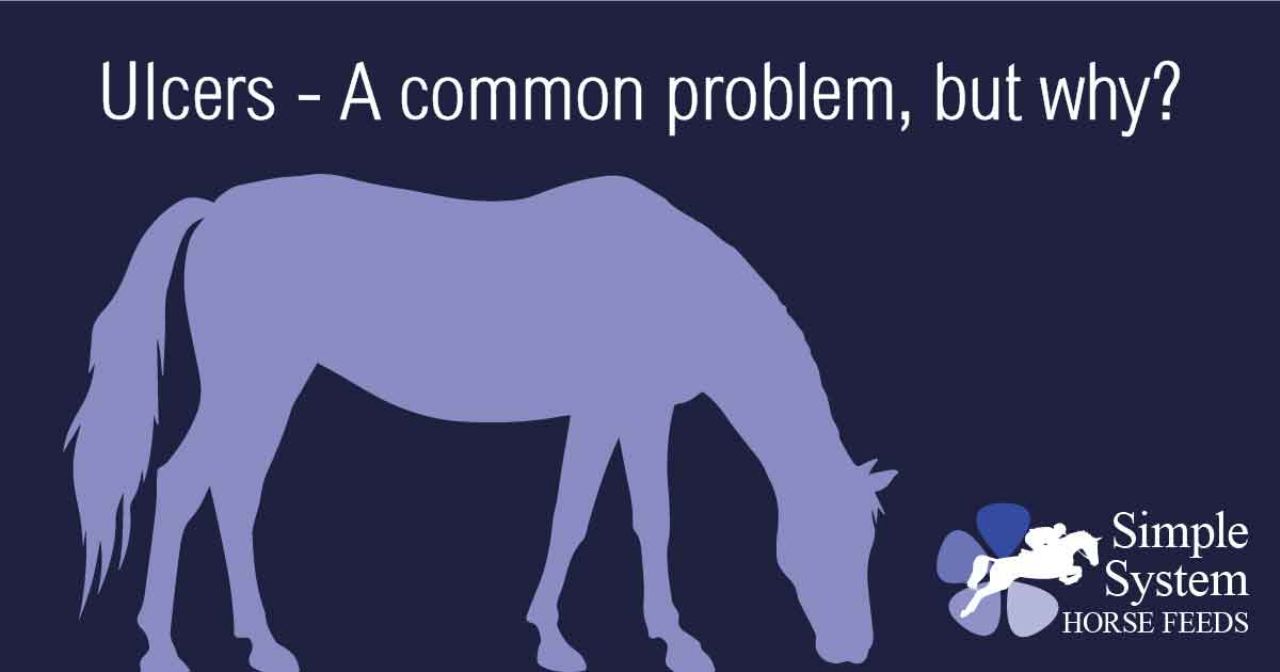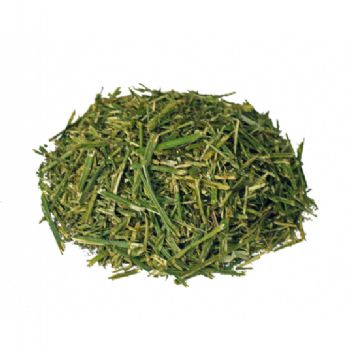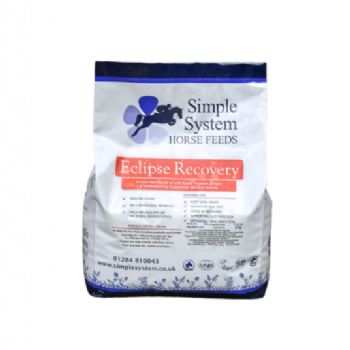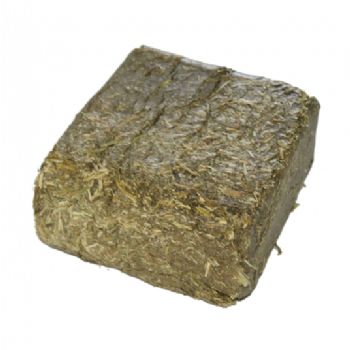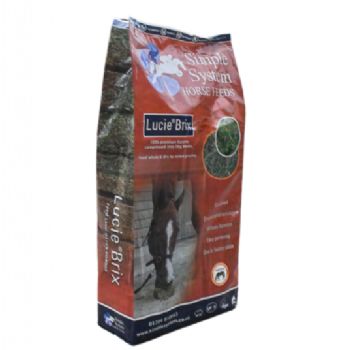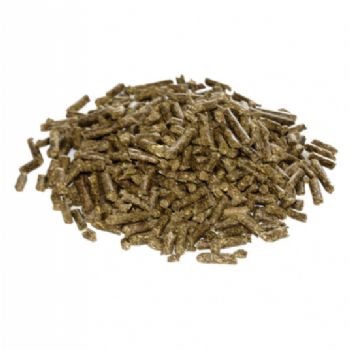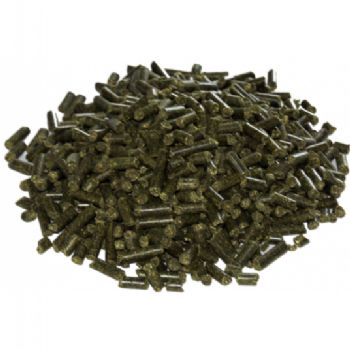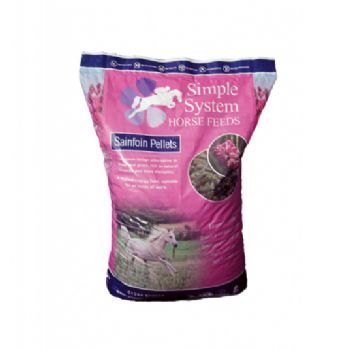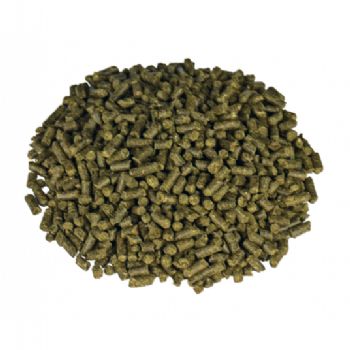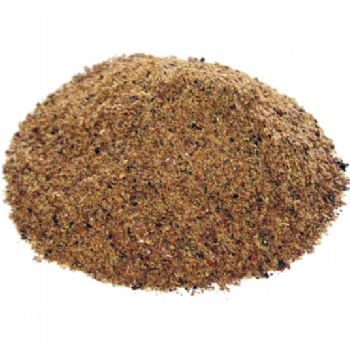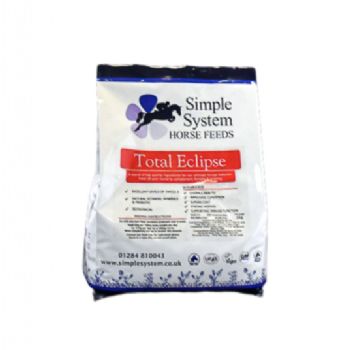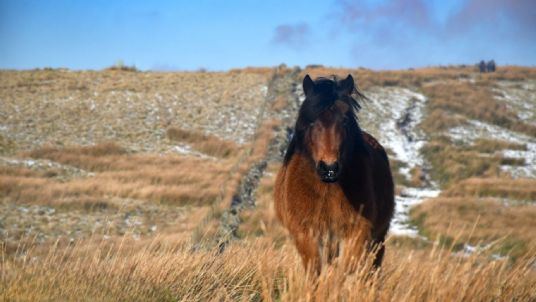Stomach ulcers are sadly common place in horses. They are being increasingly diagnosed across all horse populations, including leisure horses, likely due to greater awareness of the signs and symptoms. There have also been developments in technology allowing vets to make earlier and more conclusive diagnoses.
What causes ulcers?
Ulcers can be triggered, or exacerbated by stress, travelling, long periods without food, insufficient forage, cereals and straw. Some medications can also trigger them.
There are three types of gastric ulcers in horses.
- Ulcers that occur in the bottom part of the stomach, which is where the acid normally occurs (glandular or mucosal ulcers) are possibly more linked to stress.
- Ulcers that occur on the upper part of the stomach that is not acid proof (squamous ulcers) can be associated with diet and exercise.
- Pyloric ulcers, next to the valve into the small intestine, are associated with prolonged periods without food. When the stomach is empty the one way valve cannont function effectively and lets bile backflow, causing this particular type of ulcer.
Your vet is best able to diagnose ulcers definitively by use of a gastroscope. Feeding and management are both critical in resolving ulcers and keeping horses ulcer-free.
What is the best treatment for gastric ulcers in horses?
Treating a horse with ulcers is a four-fold approach:
- Work closely with your vet, using medication if necessary to start the healing process.
- Remove as much stress as possible which includes making maximum use of turn out and company.
- Management changes ensuring the horse never goes for long periods without eating and has constant access to forage - which can be hay, haylage or forage as a feed - like Simple System Brix, pellets and chops. Offering a Target Feed before work is also beneficial, lining and protecting the stomach before work. Note that Target Feeding should only be done with forage feeds and not cereals.
- Dietary changes. Remove starchy ingredients that are likely to increase acidity in the stomach as well as common irritants such as straw and soya. Maximise the use of forage and use feeds that can actively buffer acid. Grass is good; lucerne and sainfoin are better. Linseed can be very beneficial due to its soluble fibre and good ratio of omega oils.
Horses are individuals and respond in different ways to their management, feeding and medication. It is important to maintain dialogue with our Feed Line nutrition team and your vet to ensure the best outcome for your individual horse.
For feeding advice complete our Feeding Advice form or call us on 01728 604 008. Alternatively, you can view our most recommended feeds for ulcers below.
